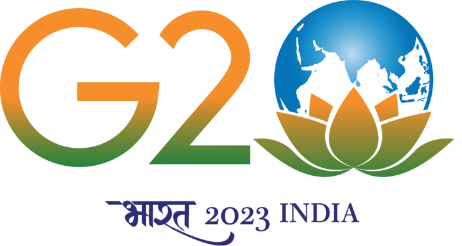Biomechanical changes at the knee after anterior cruciate ligament reconstruction
தேதி9th Nov 2022
Time04:00 PM
Venue Zoom details: https://unimelb.zoom.us/j/85296076210?pwd=M05HcEpZZTdBb0pMRHdsY1FiRDQ4dz09 Meeting I
PAST EVENT
Details
The Anterior Cruciate Ligament (ACL) at the knee is one of the most heavily studied ligaments due to its frequent injury. Anterior cruciate ligament reconstruction (ACLR) surgery is performed to restore knee stability and function and preserve joint health. However, clinical studies with long-term follow-up indicate that up to 90% of individuals undergoing ACLR surgery have radiographic evidence of osteoarthritis in both the tibiofemoral and patellofemoral joints within ten years of the surgery. One way to understand the effects of these changes is to understand the change in the biomechanical function of the knee joint. This thesis aimed to understand the biomechanical changes at the knee, primarily focusing on the changes in the net external moments at the lower extremities, changes in the knee extensor moment arm, and changes in the ligament lengths after ACLR surgery.
The specific aims were to (1) measure the net external moments at the lower extremities and compare them between the ACLR and the contralateral knees; (2) measure the patellar tendon moment arm (PTMA) to understand the effect of ACLR surgery on the function of the knee extensor mechanism; and (3) understand the geometrical changes in the ACL after ACLR surgery, such as attachment sites, length, and orientation while performing functional activities. Accurate measurements of six degrees of freedom tibiofemoral and patellofemoral kinematics in ten subjects who underwent unilateral ACLR (which were measured as part of a different study by other members at the biomotion lab at the University of Melbourne) were used to calculate the PTMA and the ligament lengths for an entire cycle of walking.
The biomechanical changes observed may provide further insight into the function of ACLR knees and help design better rehabilitation techniques and improved surgical procedures.
Speakers
Ms. Padma Naveena Ganapam (ME15D205)
Department of Mechanical Engineering

